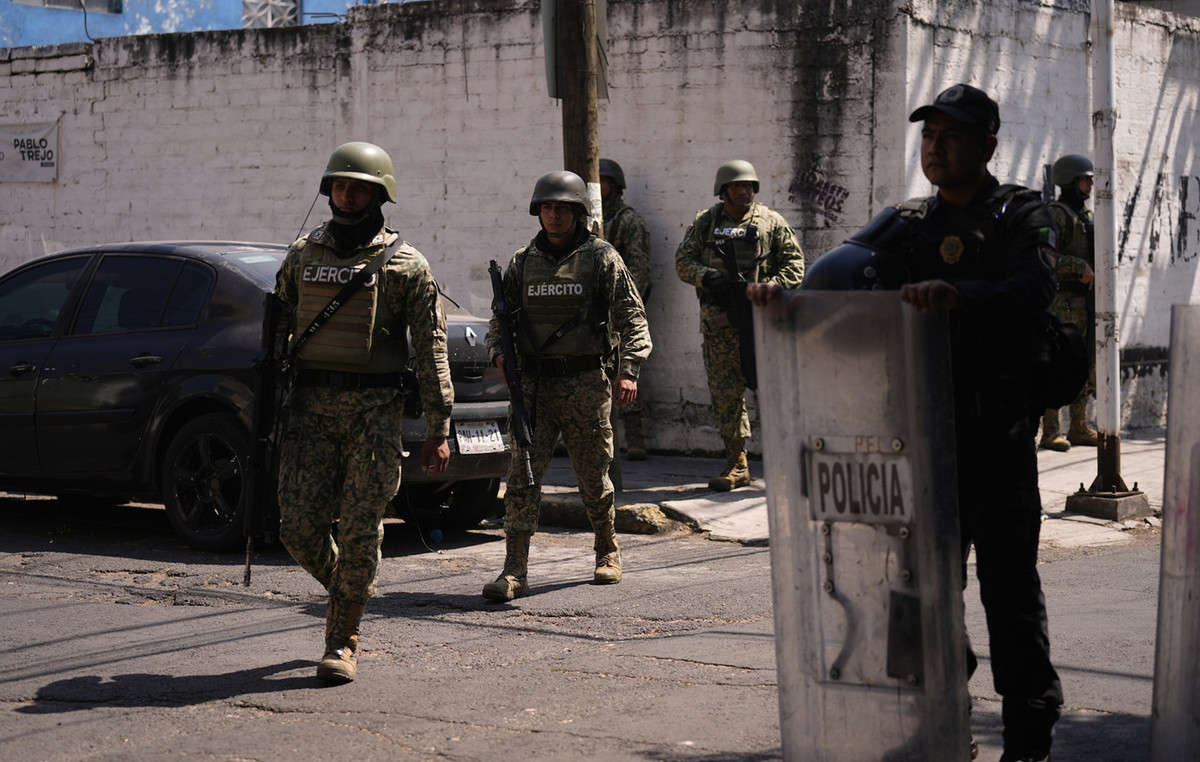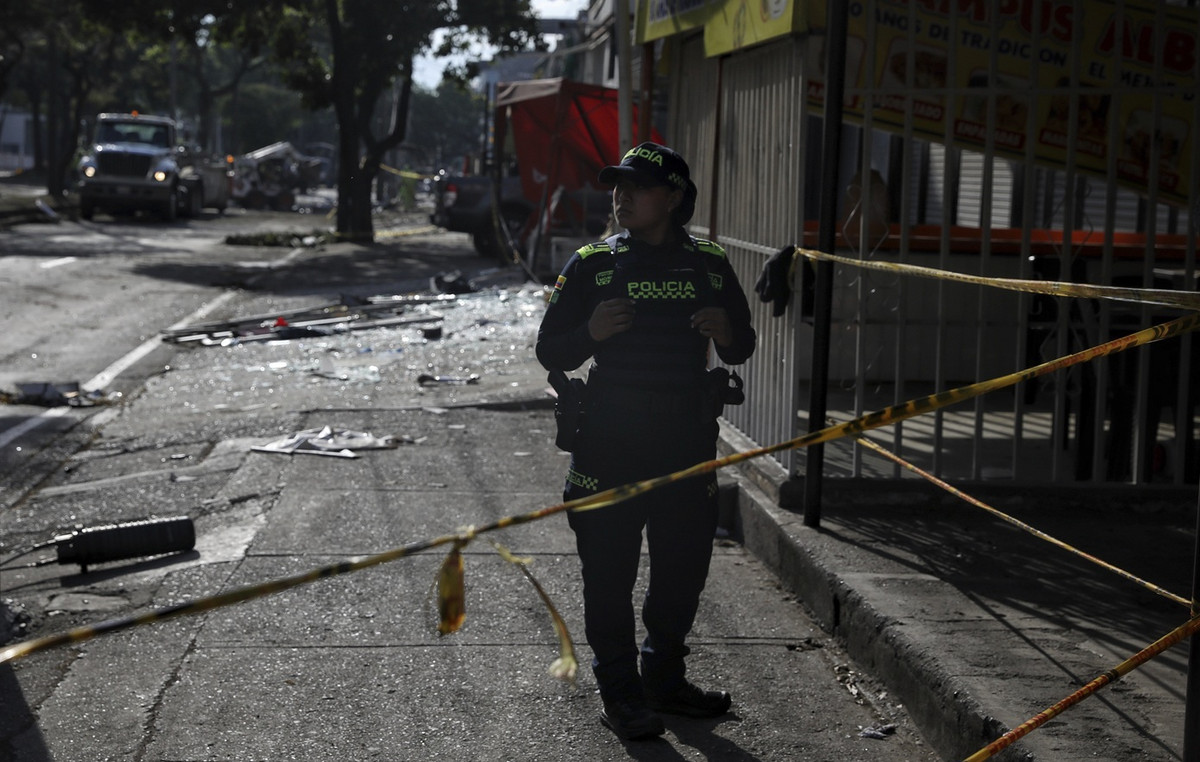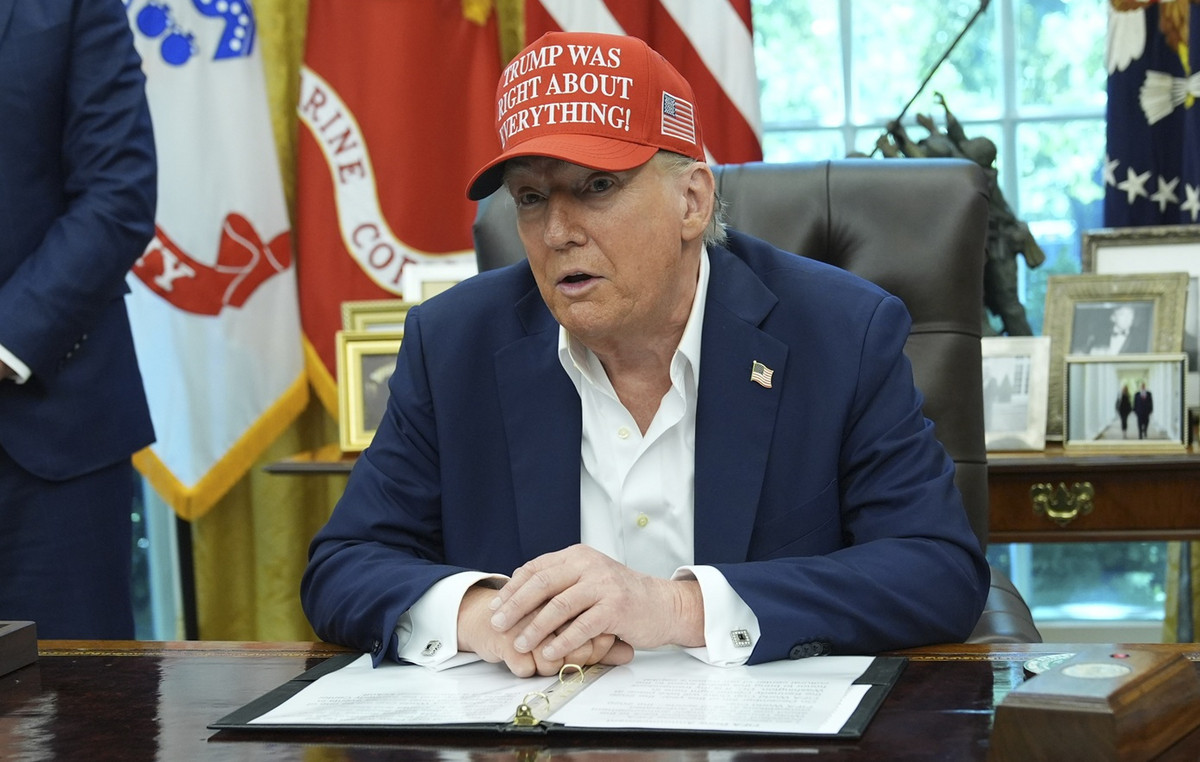A research group of chemists led by Bartosz Grzybowski is going to study primitive forms of metabolism without the participation of enzymes – proteins that act as biological catalysts, intermediaries in the transfer of genetic information in biological processes.
The scientists selected the primary molecules of water, methane and ammonia, and then set the parameters for the chemical reactions. After converting the data into computer-readable language, the researchers used blockchain to perform calculations on a huge chain of reactions called the Network of Early Life (NOEL). The calculations were performed using the Golem platform.
Chemists were able to identify echoes of already familiar metabolic pathways and witness the synthesis of 128 simple biotic molecules. Only a part of the reactions studied demonstrated cell self-reproduction, which cast doubt on previous hypotheses according to which this was the main mechanism for the emergence of life on the planet.
“Blockchain is expanding access to science for small universities and institutions around the world, especially in developing countries. And with platforms like Golem, large-scale computing becomes leaner and more efficient, enabling breakthrough discoveries in computing. Society can use blockchain as a tool to discover new biological laws or invent innovative drugs,” Grzybowski said.
Recently, participants at the World Economic Forum (WEF) in Davos decided to use blockchain to control the results of information output in artificial intelligence (AI) systems to prevent bias in neural networks.
Source: Bits
I am an experienced journalist, writer, and editor with a passion for finance and business news. I have been working in the journalism field for over 6 years, covering a variety of topics from finance to technology. As an author at World Stock Market, I specialize in finance business-related topics.







